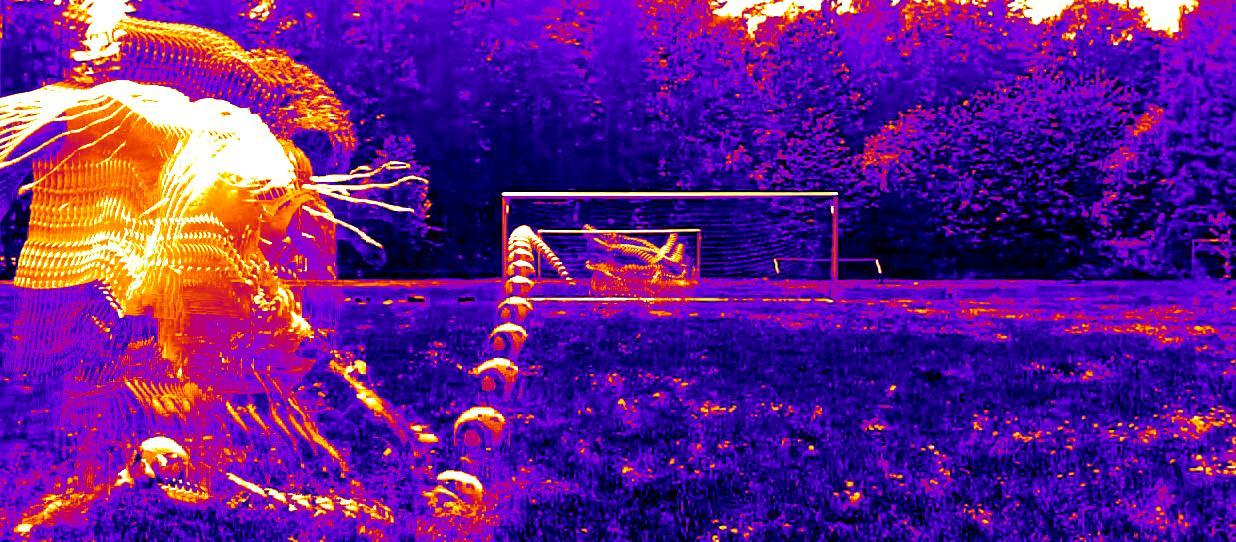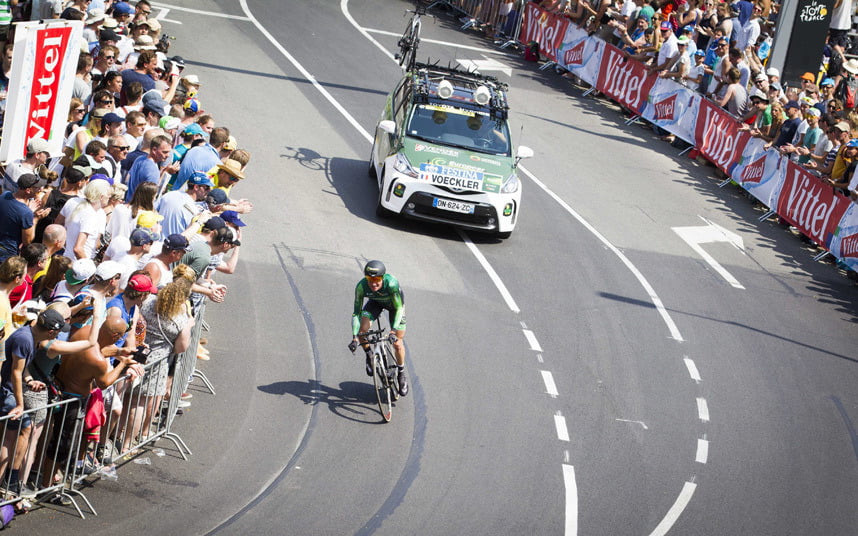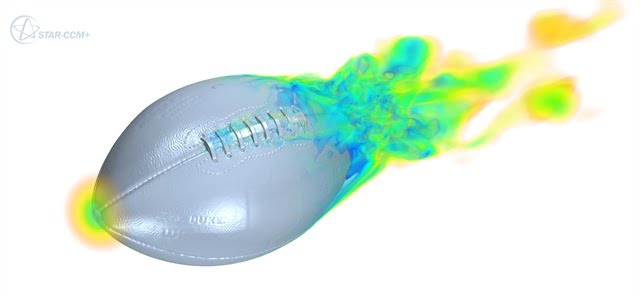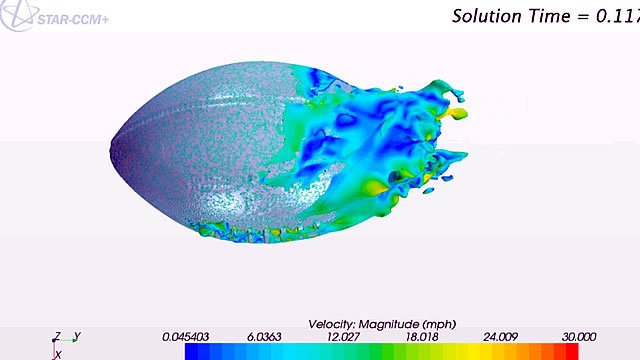Many sports use spherical balls, but the small size and weight of a table tennis ball makes it the one where aerodynamics have the strongest effect. Spin also plays a big role in the game by creating asymmetry in the flow around the ball.
Consider a table tennis ball with topspin, meaning that its upper surface is rolling in the direction of travel. That means that air flowing over the top of the ball is moving in the opposite direction as the ball’s surface. This will tend to make the flow separate from the ball at its widest point.
On the other side, the ball’s surface is spinning in the same direction as the air flow. This helps hold the air to the surface so that it follows the curve of the ball longer and doesn’t detach until well after the ball’s widest point. As a result of both these effects, air flowing around the ball experiences a net upward force, which in turn pushes the table tennis ball downward. This is known as the Magnus effect, and it plays a significant role in many sports. (Image credits: GettyImages; AFP)
Previously: The Magnus effect and the reverse Magnus effect in soccer; curveballs and knuckleballs in baseball
Join us throughout the Rio Olympics for more fluid dynamics in sports. If you love FYFD, please help support the site!
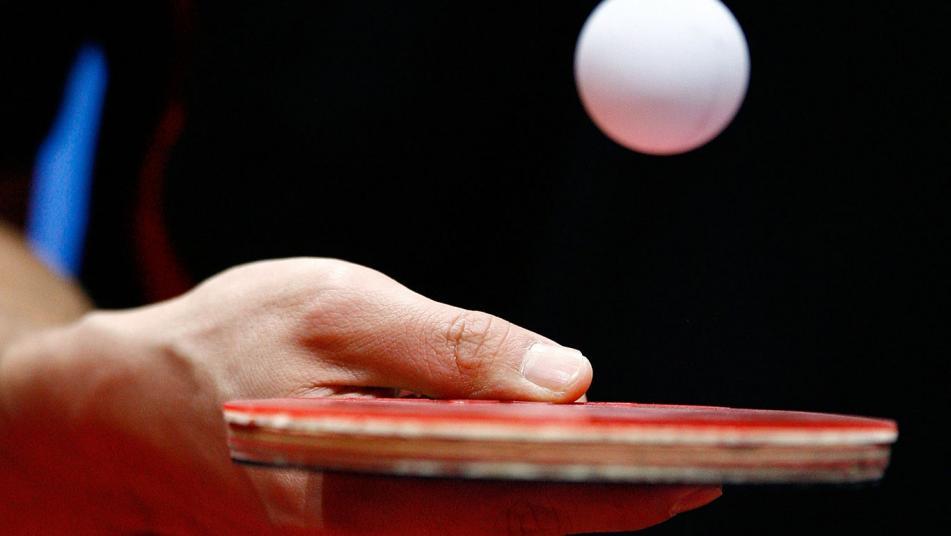



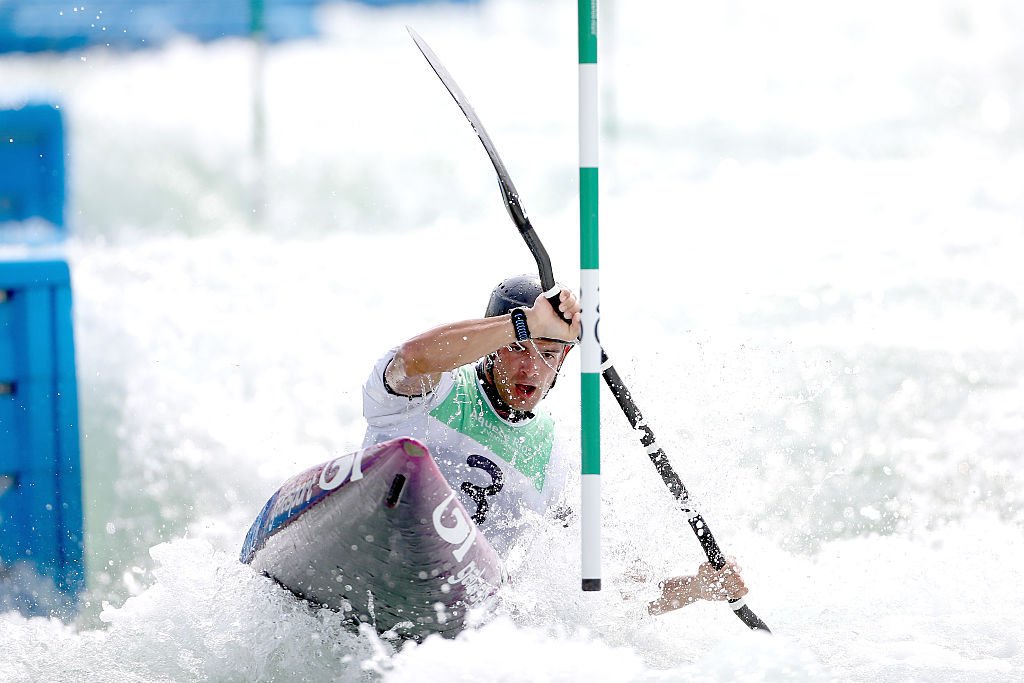
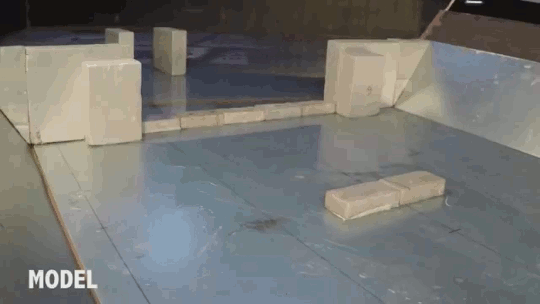
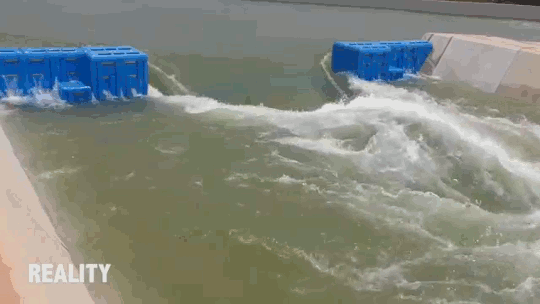
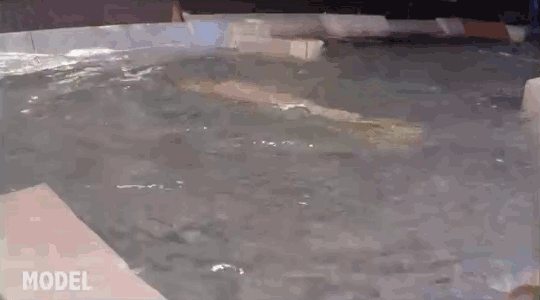
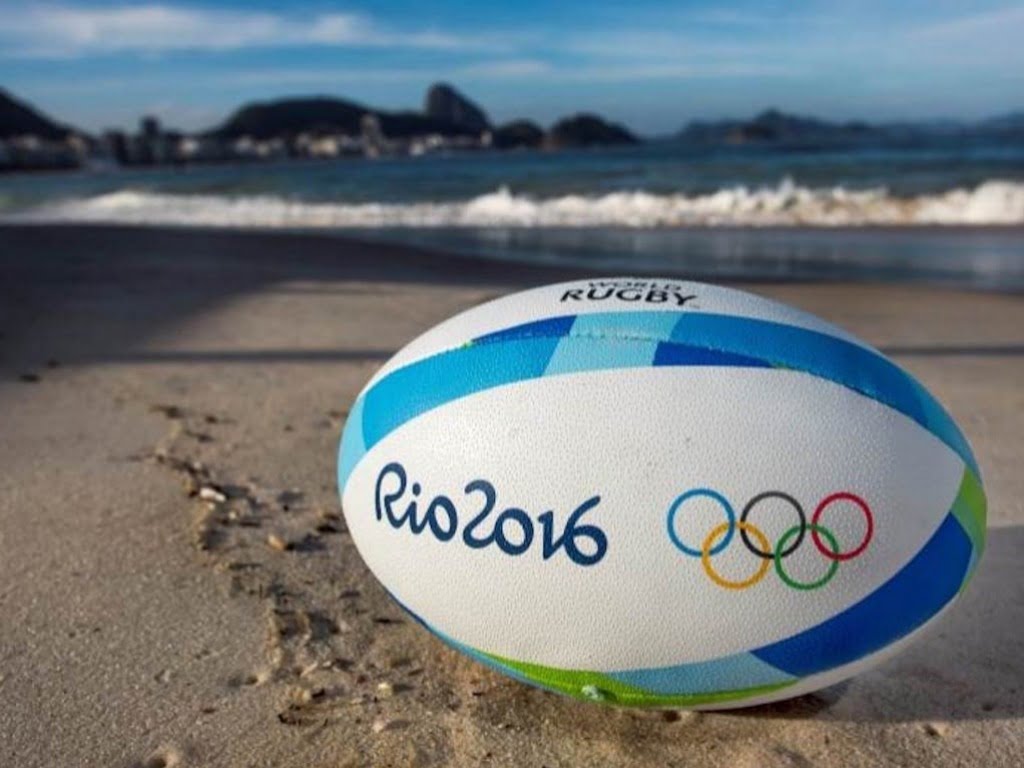



 Strange as it seems, elite swimmers are faster when swimming underwater than they are at the surface. So much so, in fact, that they’re restricted to being underwater only 15 m after a dive or turn. To see just how stark a difference this makes,
Strange as it seems, elite swimmers are faster when swimming underwater than they are at the surface. So much so, in fact, that they’re restricted to being underwater only 15 m after a dive or turn. To see just how stark a difference this makes, 




